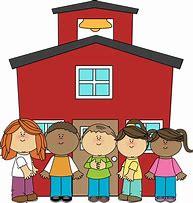-
Banana Splits will be starting up again this October. The program will run through the end of May. Please contact me if you would like to enroll your student in one of the lunchtime groups or complete the registration form. The forms will go home around the middle of September.

Phone:
Email:
Degrees and Certifications:
Tara Hart
I have been a school social worker for the Webutuck School District since 2013. I provide services for students in grades 5-8. I work with students individually and in groups such as Banana Splits. If you feel your child would benefit from school based counseling support, please feel free to contact me at school so we can meet to discuss your concerns. I am looking forward to another great year here at EBIS!
Email: tara.camohart@webutuck.org
Phone: 845-373-4100
Voicemail Ext.- 2152
Degrees and Certifications:
-Licensed Master Social Worker
-School Social Worker, NYS Permanent Certification
-Marist College
-Adelphi University, MSW

